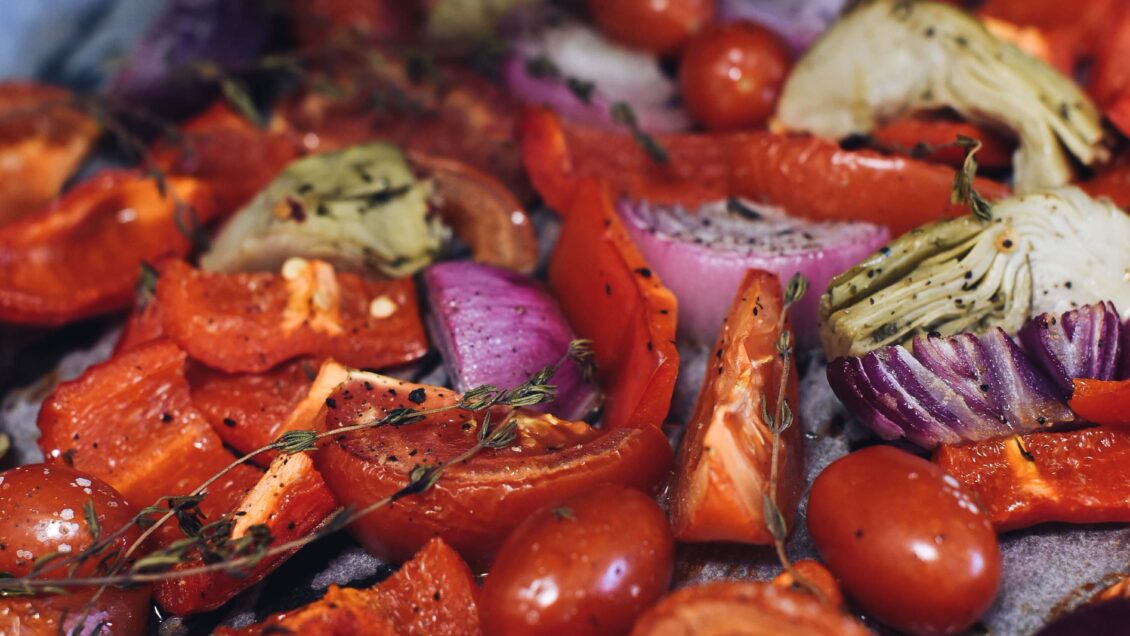This March celebrates the 50th anniversary of National Nutrition Month®. Although some people could go to extremes by throwing away favorite recipes or banning beloved ingredients, Kimberly Baker, Ph.D., R.D., L.D., assistant Clemson Extension specialist and director of the food systems and safety program team, said, “Think about modifying recipes to make them healthier. Reducing fat, salt and sugar is a good place to start.”
To modify recipes, Clemson Extension suggests following three easy steps:
- Eliminate: If an ingredient is high in fat, salt and/or sugar and isn’t essential to the recipe, don’t use it.
- Substitute: If there’s a healthier ingredient or comparable substitution, then use it.
- Reduce: If less will do, great! Try reducing fat, sugar and/or salt by 1/3 to 1/2 in your recipe.
Fat
There are several ways to eliminate, substitute or reduce fat in recipes. As an example, if a fat is listed as optional, don’t use it. Similarly, butter is unnecessary when topping a casserole, and oil isn’t needed when boiling pasta or rice.
Substitute high-fat ingredients, such as milk, cheese and sour cream, with low-fat ones. With baking chocolate, substitute 3 tablespoons of cocoa powder for every ounce of baking chocolate. If using ground beef, substitute the high fat with extra lean and drain as much fat as possible. Instead of sauteeing vegetables in oil or butter, try using water, wine, stock or broth.
To reduce fat, instead of frying food, think about baking, roasting, grilling or preparing it another way. When preparing meat, trim the fat or remove the skin. When cooking stocks, stews, soups, gravies or other dishes that contain fat, prepare it a day ahead of time, refrigerate it and then spoon the hardened fat from the top before reheating. This works for canned soup or broth too.
Salt
Eliminate salt by putting the salt shaker down. If a recipe says salt is optional, don’t use it. Cook pasta, rice, hot cereals and vegetables without salt, and don’t add salt to food after it’s prepared.
Salt is usually used for adding flavor. In place of salt, try using spices and herbs, fresh or dried, or use lemon juice or vinegar, such as herbed, flavored, balsamic, wine or rice. Substitute unsalted butter for salted butter and reduced-sodium items, such as canned beans, for regular ones.
To reduce salt, decrease added salt in recipes to 1/3 or 1/2 the amount. When using canned beans, vegetables and other similar items, reduce the sodium content by draining and rinsing them before adding them to your dish.
Sugar
Fruit naturally contains sugar, so don’t add sugar to dishes like fruit salad. Add ginger instead because ginger enhances the sweetness of fruit. Instead of adding sugar to coffee, spice it up before brewing with a dash of cinnamon, ginger, nutmeg or allspice to enhance sweetness, and keep the sugar bowl away from oatmeal and cereals. Instead, try honey, fruit or a dash of cinnamon and/or nutmeg as a topper.
Depending on the recipe needs, try honey, maple syrup or fruit juices instead of granulated sugar.
- Honey adds moisture and density to the item. Use 3/4 cup honey for every cup of sugar, add a pinch (about 1/8 teaspoon) of baking soda, decrease the liquid in the recipe by 1/4 cup and decrease the oven temperature by 25 degrees.
- Maple syrup adds flavor and is sweeter than granulated sugar. Use 3/4 cup maple syrup for every cup of sugar and decrease the liquid in the recipe by 3 tablespoons for each cup of syrup used.
- For fruit juice, orange, apple and white grape juice works best. Use 3/4 cup for every cup of sugar and decrease liquid in the recipe by 3 tablespoons for each cup of juice used.
Some sugar amounts can be reduced from the original recipe, but reducing the sugar amount more than these guidelines may result in an unsatisfactory product.
- For cakes — Use 1/2 cup sugar per cup of flour in the recipe, but this will make the cake more dense, like a quick bread.
- For muffins and quick breads — Use 1 tablespoon sugar for every cup of flour.
- For yeast bread — Use 1 teaspoon sugar for every cup of flour.
- Add some extra vanilla to baked goods and pudding recipes that are made with less sugar.


